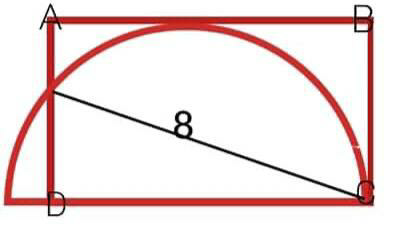
AllQuestion and Answers: Page 1351
Question Number 78246 Answers: 0 Comments: 0
Question Number 78233 Answers: 0 Comments: 8
$${given}\:\mathrm{5}{x}+\mathrm{22}{y}=\mathrm{18} \\ $$$${find}\:{for}\:{x},{y}\:{integer} \\ $$
Question Number 78216 Answers: 1 Comments: 5

Question Number 78207 Answers: 1 Comments: 6
Question Number 78198 Answers: 1 Comments: 4

Question Number 78177 Answers: 1 Comments: 10
Question Number 78168 Answers: 0 Comments: 6
Question Number 78163 Answers: 0 Comments: 2
Question Number 78162 Answers: 0 Comments: 4
Question Number 78161 Answers: 1 Comments: 0

Question Number 78160 Answers: 0 Comments: 1
Question Number 78156 Answers: 0 Comments: 1
Question Number 78153 Answers: 1 Comments: 1

Question Number 78147 Answers: 0 Comments: 0

Question Number 78136 Answers: 1 Comments: 5
Question Number 78135 Answers: 0 Comments: 0
Question Number 78134 Answers: 0 Comments: 1
Question Number 78122 Answers: 1 Comments: 3
Question Number 78119 Answers: 1 Comments: 6
Question Number 78254 Answers: 0 Comments: 0
Question Number 78108 Answers: 1 Comments: 1

Question Number 78106 Answers: 0 Comments: 1

Question Number 78105 Answers: 1 Comments: 0

Question Number 78102 Answers: 1 Comments: 1

Question Number 78099 Answers: 0 Comments: 0
Question Number 78083 Answers: 1 Comments: 5

Pg 1346 Pg 1347 Pg 1348 Pg 1349 Pg 1350 Pg 1351 Pg 1352 Pg 1353 Pg 1354 Pg 1355
